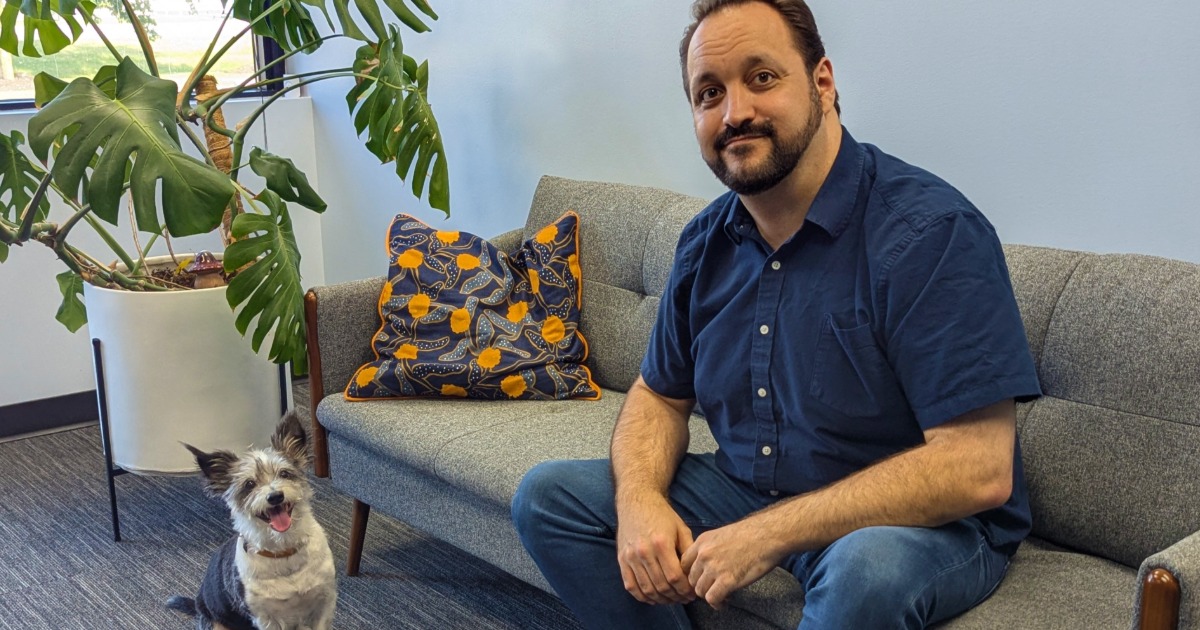
Mountain View Medical Center is a family-owned primary care clinic in rural Northwest Oregon. The practice has been providing personalized care for more than 30 years across two locations serving a diverse community that ranges from local farmers to tech workers. Its mission is to improve the health of its community, one patient at a time, balancing the challenges of rural healthcare with the needs of a growing patient population.
THE CHALLENGE
In 2022, Mountain View faced significant challenges common to many independent, family-owned practices. Its EHR was a closed-network system that limited the practice's ability to innovate and adapt to the rapidly evolving healthcare landscape, said Tina Kelley, director of operations. Fragmented systems required multiple logins and excessive clicks, creating inefficiencies that pulled providers' attention away from patient care.
"The administrative burden was heavy – staff and providers were overwhelmed by manual workflows that consumed valuable time, limiting how many patients we could see and the quality of care we could provide," she continued. "This was especially challenging given our rural location and diverse patient base. After the pandemic, patient demand increased dramatically, and many local clinics closed, putting even more pressure on us to scale efficiently without sacrificing care quality.
"We knew we needed a scalable, integrated platform that could streamline workflows, reduce administrative overhead and support our growth – while allowing providers to focus on what matters most, the patients," she added.
PROPOSAL
In 2022, Mountain View came upon cloud health IT vendor athenahealth, which offered a comprehensive, cloud-based platform that consolidates workflows into a single interoperable system, Kelley recalled.
"This meant we could manage clinical documentation, revenue cycle and patient engagement all in one place, eliminating the inefficiencies caused by multiple logins and fragmented systems," she explained. The system's advanced analytics and reporting capabilities promised to give better business insights to drive smarter, data-driven decisions, she said.
A critical part of the system for Mountain View is embedded AI features that already are delivering tangible benefits for the practice.
"For example, automated insurance selection uses AI-driven automation to accurately capture patient coverage from insurance care images, therefore reducing manual entry and errors," Kelley explained. "AI also accelerates the building of claim rules by efficiently encoding payer logic, and claim alarms monitor real-time adjudication trends to ensure timely follow-up on outstanding claims.
"These AI-powered workflow enhancements streamline billing and claims processing, reduce administrative burden and improve financial performance," she continued. Overall, the system promised to improve efficiency, reduce provider clicks and free up time so clinicians could spend more of it with patients, she added.
Additionally, the athenahealth Marketplace offers a broad ecosystem of partner add-on capabilities integrated with athenaOne, she noted.
"This lets us tailor our technology stack to fit our unique needs," she said. "Instead of hiring more staff to provide specialized services, we could work with vendors through the Marketplace to extend our care capabilities and offer a higher level of service to our patients."
MEETING THE CHALLENGE
Mountain View implemented athenaOne across both of its locations, involving all 15 providers and more than 50 team members. Providers now use customizable workflows that reduce clicks and speed documentation, allowing them to spend more time with patients.
"Our administrative staff benefits from AI features like insurance card scanning, which accurately identifies patient insurance plans and streamlines billing, and automated document filing that saves hours of manual work," Kelley noted. "These capabilities improve claims processing accuracy and speed, significantly easing administrative burdens and improving revenue cycle performance.
"The platform's interoperability connects us with hospital systems and labs, enabling real-time access to patient data and improving care coordination," she continued. "Patient engagement capabilities, including automated appointment reminders, secure messaging and digital check-in features, help keep patients informed and connected with their care."
Additionally, staff use add-on capabilities available through the marketplace, which integrates systems from vendors in the marketplace that extend Mountain View's care offerings. These add-ons allow the practice to provide specialized services without expanding internal staff, tailoring the platform to meet the unique needs of the rural community, she said.
RESULTS
Since adopting athenaOne, Mountain View has transformed its operational efficiency, which has been critical in reducing administrative burdens and allowing providers to see more patients while maintaining high-quality care, Kelley said.
"One key metric is a 32% increase in patient visits year over year," she reported. "This growth was supported by streamlined workflows and reduced provider clicks, enabling clinicians to work more efficiently and spend more time with patients.
"Financially, we've seen a 63% increase in collections year over year and a 45.3% increase in charges posted," she continued. "These improvements are largely due to AI-driven capabilities such as automated insurance selection and document classification, which reduce errors and accelerate claims processing."
Revenue cycle performance also has improved dramatically, with days in accounts receivable and days encounters are open both reduced to less than a day as of January 2025.
"This reflects how consolidating workflows into a single interoperable platform, enhanced by AI, has improved our financial health and operational agility," Kelley said.
"We've also expanded our team from 10 to 15 providers and added more than 20 staff members, supported by athenaOne's role-based, self-serve training and onboarding services," she noted. "This scalability has allowed us to meet growing patient demand without compromising care quality or provider satisfaction."
ADVICE FOR OTHERS
Embrace technology that consolidates workflows and reduces administrative burden so the team can focus on patient care, Kelley advised. And look for systems that offer flexibility and scalability and take advantage of integrated ecosystems like marketplaces to personalize the technology stack to a practice's unique needs, she added.
Focus on systems that embed AI-powered workflow enhancements already proven to improve efficiency, she said.
"These capabilities reduce manual work, minimize errors and accelerate revenue cycle processes, enabling your practice to thrive financially while improving the patient and provider experience," she said. "Engage your clinical champions early to help drive adoption and build enthusiasm within your team. Also, leverage community and support resources – they provide invaluable insights and shared best practices, and help you overcome challenges more quickly.
"Change can be daunting, but with the right technology and support, it's absolutely worth it," she concluded. "The efficiencies gained not only improve provider satisfaction but also enhance patient care and position your practice for sustainable growth."
Follow Bill's health IT coverage on LinkedIn: Bill Siwicki
Email him: bsiwicki@himss.org
Healthcare IT News is a HIMSS Media publication.
WATCH NOW: Helpful tips on smart rooms from OhioHealth


